The 10 Biggest Apple Stories Of 2017
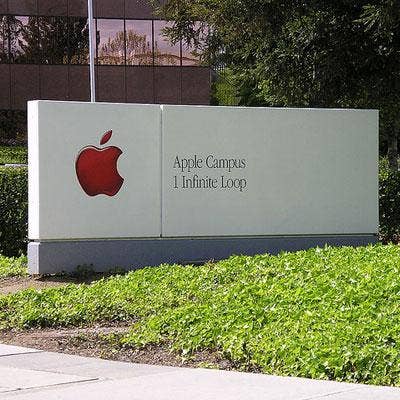
Thinking Different
"Turnaround" may not be the right word for a company as massive and as profitable as Apple, but something along those lines took place for the Cupertino, Calif.-based tech giant in 2017. Revenue returned to growth during the year, and Apple injected new life into all of its major product categories. Of course, Apple being Apple, the year wasn't without its controversies -- including around the redesigned iPhone model, the iPhone X, and the rise of security threats to Apple products. Meanwhile, Apple also continued its push into the enterprise, including by forming partnerships with channel giants and by tightening the relationship with vendors such as Cisco.
What follows are our picks for the 10 most important Apple stories of 2017.
Get more of CRN's 2017 tech year in review.

10. Revenue Returns To Growth
Following an annual revenue decline in fiscal 2016 -- the first for Apple in the iPhone era -- the company reported that fiscal 2017 saw revenue return to growth. Fiscal 2017 revenue (for the 12 months ended Sept. 30) came in at $229.23 billion, an increase of 6.3 percent on a year-over-year basis. Growing sales in iPhone, Mac, and Services were behind the reversal for Apple. Notably, the once-struggling Mac category "had its best year ever" in terms of revenue, Apple CEO Tim Cook said during the quarterly earnings call in October. Mac sales totaled $25.85 billion for fiscal 2017, up 13 percent from the previous fiscal year, while iPhone sales grew 3 percent and Services rose 23 percent.
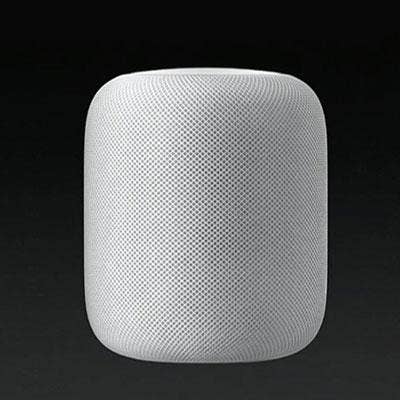
9. Apple Falls Further Behind On Smart Speakers
2017 has been the year that the smart speaker trend, popularized by Amazon's Alexa-powered Echo devices, truly took off. But Apple was left out. As Amazon, Google, Sonos, Samsung, and other vendors launched voice-controlled speakers, Apple stumbled in the launch of its initial smart speaker offering, the HomePod. Apple had announced the HomePod in June, and said the Siri-powered speaker would debut in December. But the company ended up pushing the launch into early 2018 ("we need a little more time before it's ready for our customers," Apple said in a statement). The delay is significant not just because it means Apple misses the holiday shopping season. It also underscores the fact once again that Apple had a big head start on voice recognition -- Siri first came out in 2011 -- but failed to capitalize on the technology in the way that Amazon and Google have.
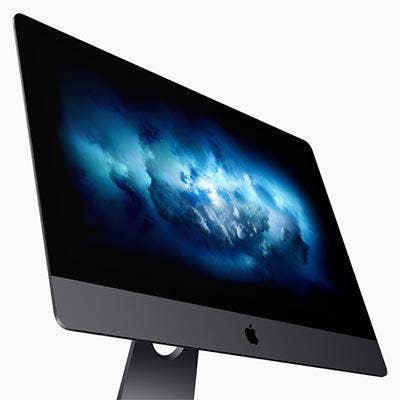
8. High-Powered Macs Return As A Priority
Apple in 2017 sought to address a major criticism from some its most loyal users -- that the company has given up on developing highly powerful Mac computers. For instance, Apple's powerhouse PC, the Mac Pro, hasn't gotten an update since late 2013. But this year, Apple signaled that it's listening. The company is "in the process of completely rethinking the Mac Pro," Apple executive Phil Schiller said in April. And in June, Apple announced the iMac Pro, which aims to provide performance that's so far been unheard of in the history of the Mac. The iMac Pro will feature Intel Xeon processors -- with 8-core, 10-core, or 18-core options -- for what Apple is terming "workstation-class performance." The 27-inch all-in-one will also be configurable with a huge amount of memory (up to 128 GB), and will include AMD's cutting-edge Radeon Vega graphics. The iMac Pro is scheduled to begin shipping in December.
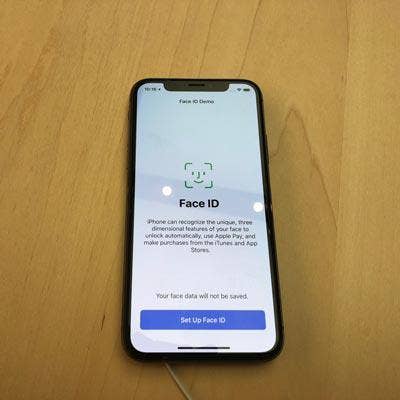
7. The Arrival Of Face ID
With the launch of a redesigned iPhone model in November -- the iPhone X -- Apple introduced facial recognition as the main way of unlocking the device. Apple contends that the technology, dubbed Face ID, works more effectively than facial recognition from competing phones thanks to the use of Apple's TrueDepth camera system for mapping facial geometry. But not only does Face ID offer a new method of authentication, it replaces the existing method (Touch ID fingerprint recognition) on the iPhone X. The iPhone X also eliminates the home button. The moves may signal the beginning of the end for Touch ID, which still appears in the iPhone 8 and iPhone 8 Plus, but may no longer be used if Apple removes the home button from additional iPhones in the future.
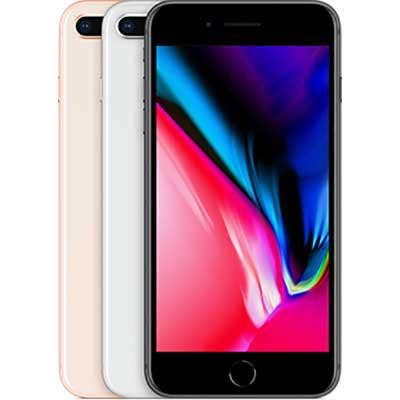
6. The iPhone 8 And iPhone 8 Plus
Even though they've been overshadowed by the iPhone X, Apple's iPhone 8 and iPhone 8 Plus marked a major advancement in their own right. While the devices kept the form factor and bezels of previous iPhone models, an array of new features and functionality made the phones a worthy upgrade for many iOS fans. The iPhone 8/8 Plus feature Qi wireless charging; improved performance (via the new A11 Bionic processor) and battery life; an appealing new glass-backed design; the inclusion of True Tone Display technology for more-vibrant color; and enhanced augmented-reality capabilities. Meanwhile, the dual-camera system on the iPhone 8 Plus includes features such as "portrait lighting," which improves the lighting of the contours over a subject's face in real time.

5. Apple Expands Its Enterprise Partnerships
In 2017, Apple widened its efforts to drum up more enterprise business, including through new partnerships with channel heavyweights. In June, Dimension Data unveiled a dedicated Apple practice to help businesses manage corporate apps and data across the Mac, iPad, iPhone, and Apple Watch. And in August, Apple announced a new pact with Accenture, aimed at bolstering the development of business solutions that are available via iOS devices. Additionally, Apple and GE launched a new partnership aimed at getting industrial IoT apps onto Apple's popular mobile devices, while Apple also strengthened its partnership with Cisco. At Cisco Live in June, Cook appeared on stage with Cisco CEO Chuck Robbins, as the two technology giants said a tighter relationship was ahead in areas such as cybersecurity and networking.
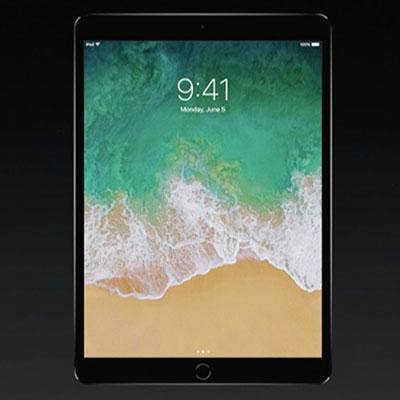
4. The iPad, Reinvigorated
After a steep decline in iPad sales in 2016, Apple took a different approach from the get-go in 2017, launching a lower-priced new model of the iPad in March. The $329 iPad, featuring a 9.7-inch Retina display, helped drive growing tablet sales for Apple in its fiscal third and fourth quarters -- including 14-percent year-over-year growth in Q4. Also helping the cause was a refresh of the iPad Pro; in June, Apple introduced a new 10.5-inch iPad Pro model to replace the 9.7-inch model in the lineup. During the Q4 earnings call, Cook said that demand for iPad in the enterprise and education markets helped fuel growth in the category during the fiscal fourth quarter. The quarter also saw Apple account for 53.7 percent of tablet sales through technology distributors -- a major jump from a year earlier, when the company had market share of 44.2 percent, according to The NPD Group.

3. Security Concerns On The Rise
An increase in malware for Macs in 2017 drew attention to the growing issue of cyber threats against Apple's computers, which have been long seen as largely immune to the sorts of problems that plague Windows PCs. The so-called "Fruitfly" malware -- initially discovered in January, with a second variant found in June -- could be used for such surveillance activities as taking webcam photos and capturing keystrokes. Cybersecurity vendor Malwarebytes, which initially uncovered Fruitfly in January, said in a recent report that Mac users saw a 240 percent increase in malware during the first three quarters of the year. "Macs are beginning to attract more persistent adversaries who are starting to see the value in infecting Mac users," Malwarebytes wrote in the report. "Macs still have a minority market share, but they have become increasingly popular, and their mythical immunity to malware has been revealed to be just that: a myth."
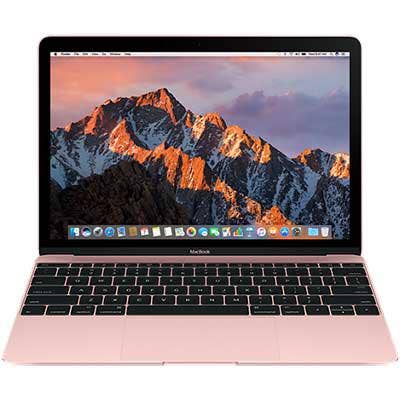
2. The Mac Is Back
As mentioned, Apple's Mac business generated record revenue in fiscal 2017 with an increase of 13 percent from the previous fiscal year. The strong results follow an about-face from Apple on the Mac lineup. Prior to the introduction of the refreshed MacBook Pro in the fall of 2016, the Mac division was seeing significant revenue decline because Apple hadn't refreshed many of its laptops and desktops for years. Apple reversed course with the introduction of the MacBook Pro -- responsible for much of the year's Mac sales growth, according to the company -- and then followed that with a refresh to the iMac, newly updated processors for the MacBook and MacBook Pro, and the announcement of the brand-new iMac Pro. During the Q4 earnings call, Apple Chief Financial Officer Luca Maestri said growing Mac sales in the enterprise and education markets have been crucial. There has been "great traction for Mac in the enterprise market," with an "all-time record" for enterprise purchases of Macs set during fiscal 2017, Maestri said.
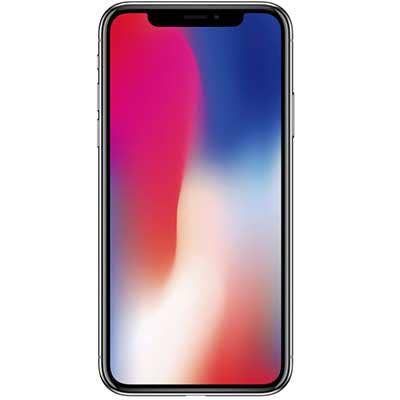
1. The iPhone X
The biggest story of the year for Apple was the iPhone X, not just because of its significance as a milestone in iPhone history, but also because of the controversy that the $999 device generated. The price tag put Cook and other executives on the defensive, with Cook arguing on "Good Morning America" in September that $999 is "a value price actually for the technology that you're getting." The security of Face ID facial recognition, the removal of the home button, and the camera notch at the top of the display also ignited much debate. At 5.8 inches, the iPhone X has the largest display ever on an iPhone, and features the first "edge-to-edge" iPhone design (aside from the camera notch). Additionally, the display switches to OLED technology for improved colors and contrast -- and, as mentioned, replaces Touch ID with Face ID for unlocking the phone. Meanwhile, the iPhone X comes with wireless charging and improved augmented-reality capabilities, as well as a dual-camera setup and the speedy A11 Bionic processor. The smartphone in general "has become so essential in our daily lives, [and] people want it to do more and more and more," Cook said during the "Good Morning America" interview. "And so we built more and more technology in [to the iPhone X] to be able to do that."